Jimson Mathew
Multi-Modal Detection of Alzheimer's Disease from Speech and Text
Nov 30, 2020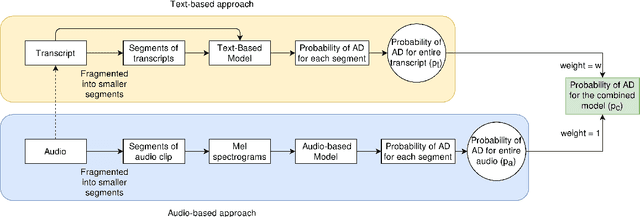
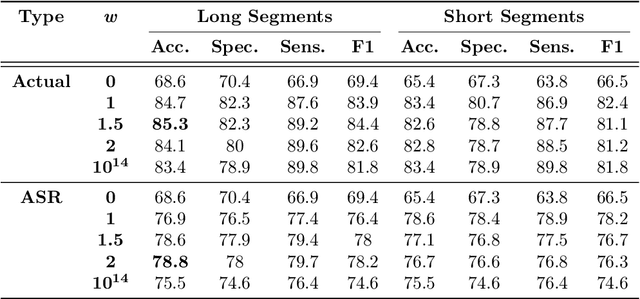
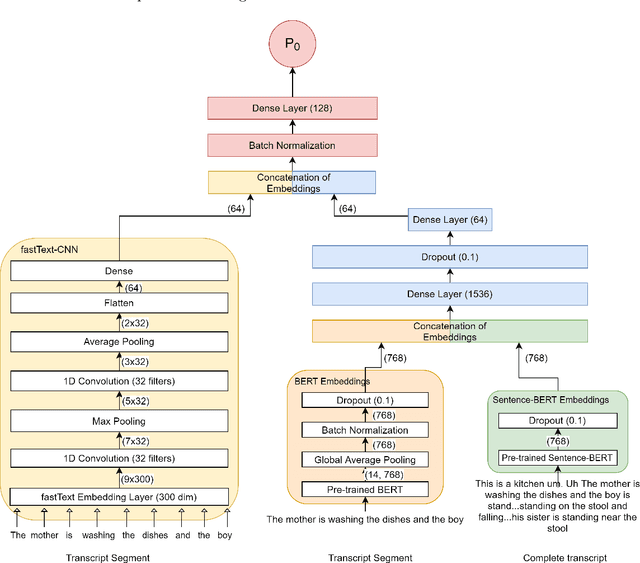

Abstract:Reliable detection of the prodromal stages of Alzheimer's disease (AD) remains difficult even today because, unlike other neurocognitive impairments, there is no definitive diagnosis of AD in vivo. In this context, existing research has shown that patients often develop language impairment even in mild AD conditions. We propose a multimodal deep learning method that utilizes speech and the corresponding transcript simultaneously to detect AD. For audio signals, the proposed audio-based network, a convolutional neural network (CNN) based model, predicts the diagnosis for multiple speech segments, which are combined for the final prediction. Similarly, we use contextual embedding extracted from BERT concatenated with a CNN-generated embedding for classifying the transcript. The individual predictions of the two models are then combined to make the final classification. We also perform experiments to analyze the model performance when Automated Speech Recognition (ASR) system generated transcripts are used instead of manual transcription in the text-based model. The proposed method achieves 85.3% 10-fold cross-validation accuracy when trained and evaluated on the Dementiabank Pitt corpus.
A Deep Learning Framework for COVID Outbreak Prediction
Oct 07, 2020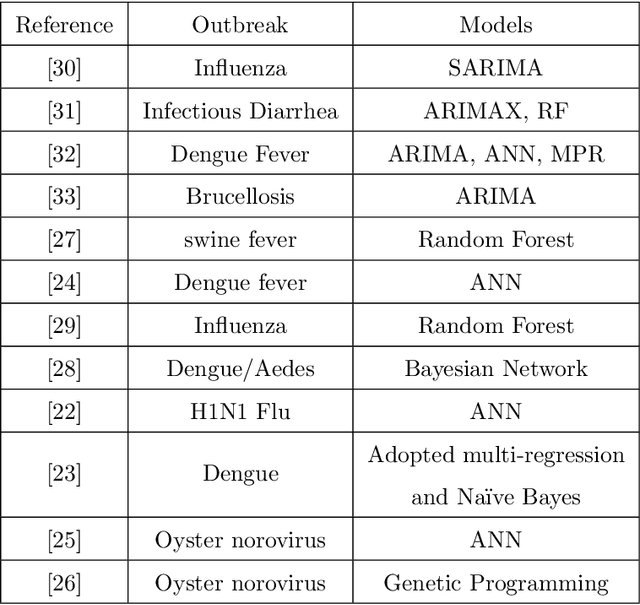
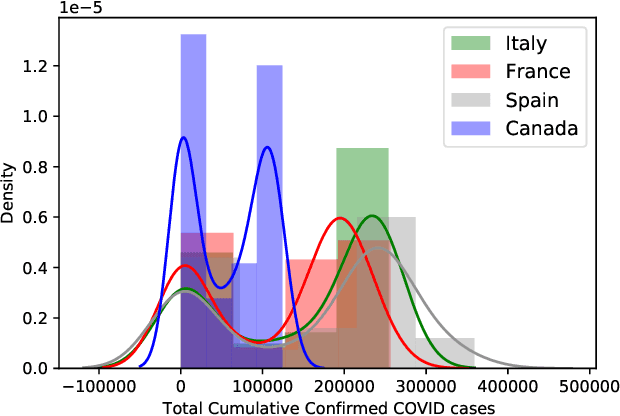

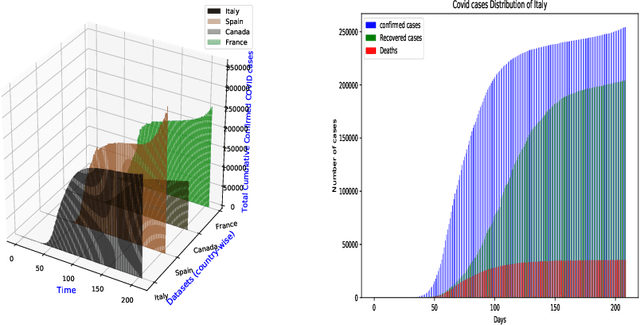
Abstract:The outbreak of COVID-19 i.e. a variation of coronavirus, also known as novel corona virus causing respiratory disease is a big concern worldwide since the end of December 2019. As of September 12, 2020, it has turned into an epidemic outbreak with more than 29 million confirmed cases and around 1 million reported deaths worldwide. It has created an urgent need to monitor and forecast COVID-19 spread behavior to better control this spread. Among all the popular models for COVID-19 forecasting, statistical models are receiving much attention in media. However, statistical models are showing less accuracy for long term forecasting, as there is high level of uncertainty and required data is also not sufficiently available. In this paper, we propose a comparative analysis of deep learning models to forecast the COVID-19 outbreak as an alternative to statistical models. We propose a new Attention-based encoder-decoder model, named Attention-Long Short Term Memory (AttentionLSTM). LSTM based neural network layer architecture incorporates the idea of fine-grained attention mechanism i.e., attention on hidden state dimensions instead of hidden state vector itself, which is capable of highlighting the importance and contribution of each hidden state dimension. It helps in detection on crucial temporal information, resulting in a highly interpretable network. Additionally, we implement a learnable vector embedding for time. As, time in a vector representation can be easily added with many architectures. This vector representation is called Time2Vec. We have used COVID-19 data repository by the Center for Systems Science and Engineering (CSSE) at Johns Hopkins University to assess the proposed model's performance. The proposed model give superior forecasting accuracy compared to other existing methods.
Self-Attention Dense Depth Estimation Network for Unrectified Video Sequences
May 28, 2020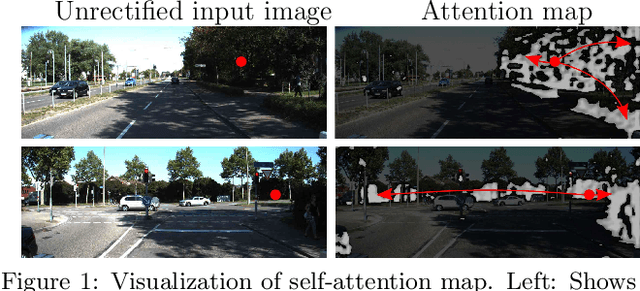

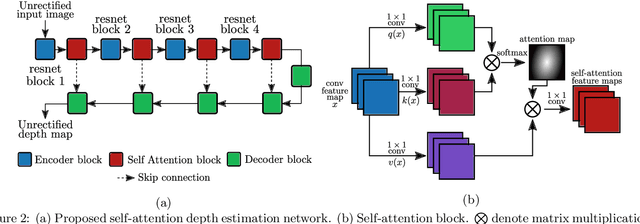
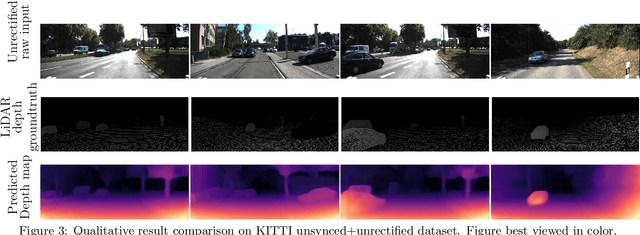
Abstract:The dense depth estimation of a 3D scene has numerous applications, mainly in robotics and surveillance. LiDAR and radar sensors are the hardware solution for real-time depth estimation, but these sensors produce sparse depth maps and are sometimes unreliable. In recent years research aimed at tackling depth estimation using single 2D image has received a lot of attention. The deep learning based self-supervised depth estimation methods from the rectified stereo and monocular video frames have shown promising results. We propose a self-attention based depth and ego-motion network for unrectified images. We also introduce non-differentiable distortion of the camera into the training pipeline. Our approach performs competitively when compared to other established approaches that used rectified images for depth estimation.
Monocular Depth Estimators: Vulnerabilities and Attacks
May 28, 2020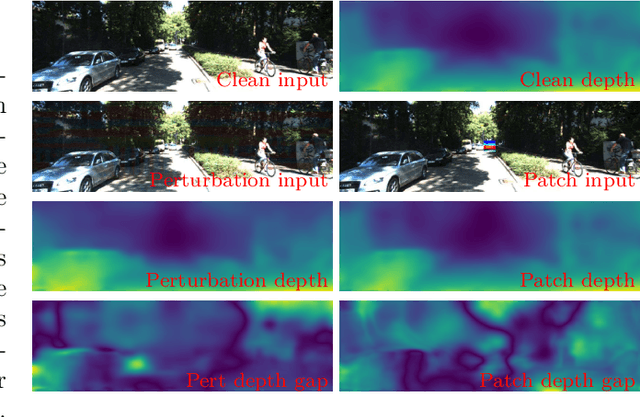
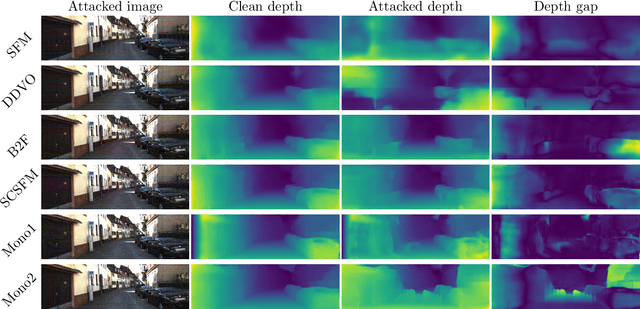

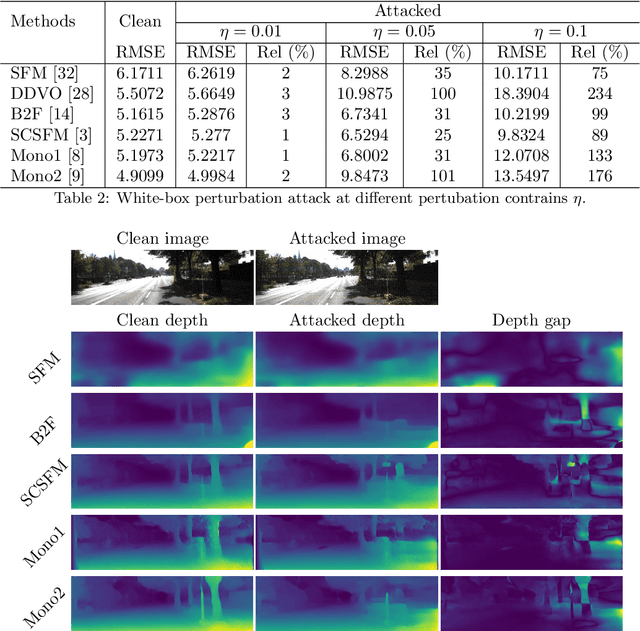
Abstract:Recent advancements of neural networks lead to reliable monocular depth estimation. Monocular depth estimated techniques have the upper hand over traditional depth estimation techniques as it only needs one image during inference. Depth estimation is one of the essential tasks in robotics, and monocular depth estimation has a wide variety of safety-critical applications like in self-driving cars and surgical devices. Thus, the robustness of such techniques is very crucial. It has been shown in recent works that these deep neural networks are highly vulnerable to adversarial samples for tasks like classification, detection and segmentation. These adversarial samples can completely ruin the output of the system, making their credibility in real-time deployment questionable. In this paper, we investigate the robustness of the most state-of-the-art monocular depth estimation networks against adversarial attacks. Our experiments show that tiny perturbations on an image that are invisible to the naked eye (perturbation attack) and corruption less than about 1% of an image (patch attack) can affect the depth estimation drastically. We introduce a novel deep feature annihilation loss that corrupts the hidden feature space representation forcing the decoder of the network to output poor depth maps. The white-box and black-box test compliments the effectiveness of the proposed attack. We also perform adversarial example transferability tests, mainly cross-data transferability.
Intelligent Residential Energy Management System using Deep Reinforcement Learning
May 28, 2020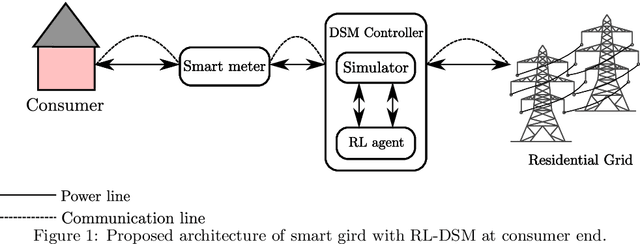
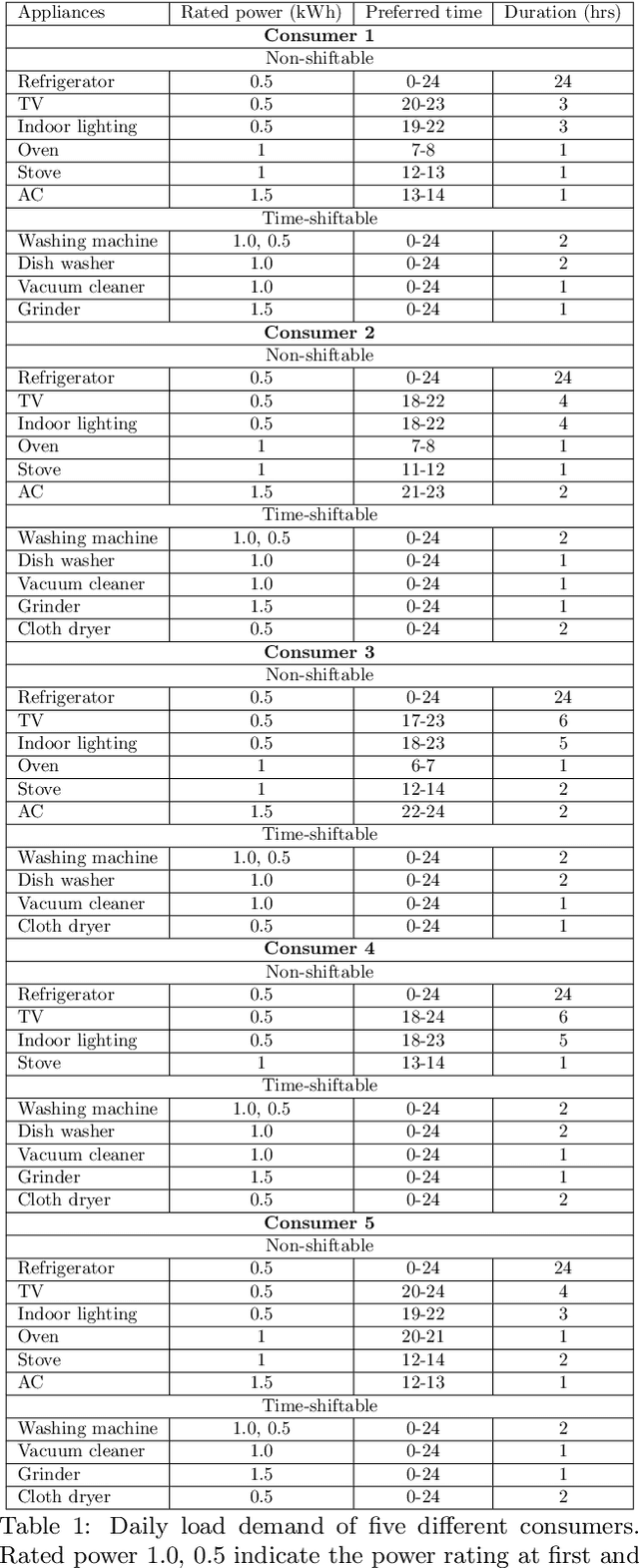
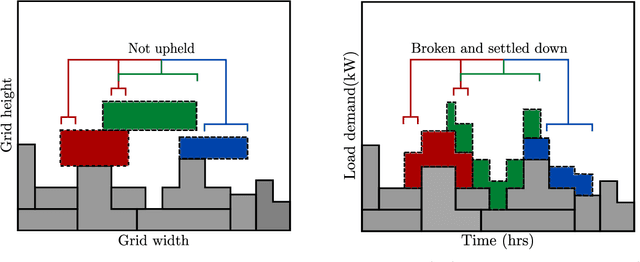
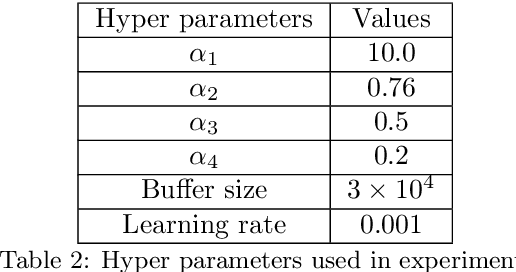
Abstract:The rising demand for electricity and its essential nature in today's world calls for intelligent home energy management (HEM) systems that can reduce energy usage. This involves scheduling of loads from peak hours of the day when energy consumption is at its highest to leaner off-peak periods of the day when energy consumption is relatively lower thereby reducing the system's peak load demand, which would consequently result in lesser energy bills, and improved load demand profile. This work introduces a novel way to develop a learning system that can learn from experience to shift loads from one time instance to another and achieve the goal of minimizing the aggregate peak load. This paper proposes a Deep Reinforcement Learning (DRL) model for demand response where the virtual agent learns the task like humans do. The agent gets feedback for every action it takes in the environment; these feedbacks will drive the agent to learn about the environment and take much smarter steps later in its learning stages. Our method outperformed the state of the art mixed integer linear programming (MILP) for load peak reduction. The authors have also designed an agent to learn to minimize both consumers' electricity bills and utilities' system peak load demand simultaneously. The proposed model was analyzed with loads from five different residential consumers; the proposed method increases the monthly savings of each consumer by reducing their electricity bill drastically along with minimizing the peak load on the system when time shiftable loads are handled by the proposed method.
 Add to Chrome
Add to Chrome Add to Firefox
Add to Firefox Add to Edge
Add to Edge